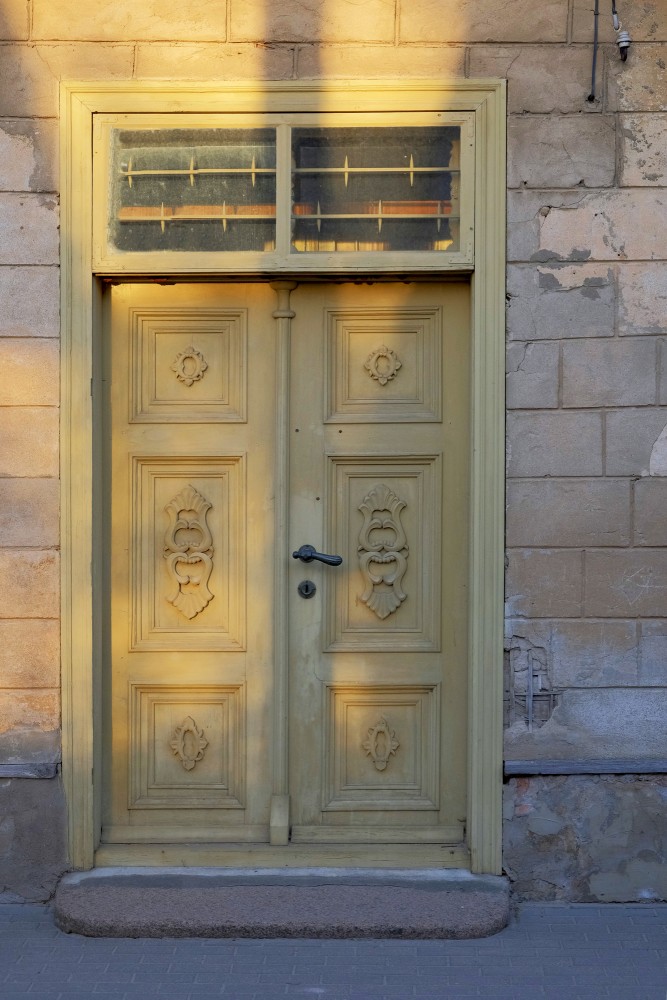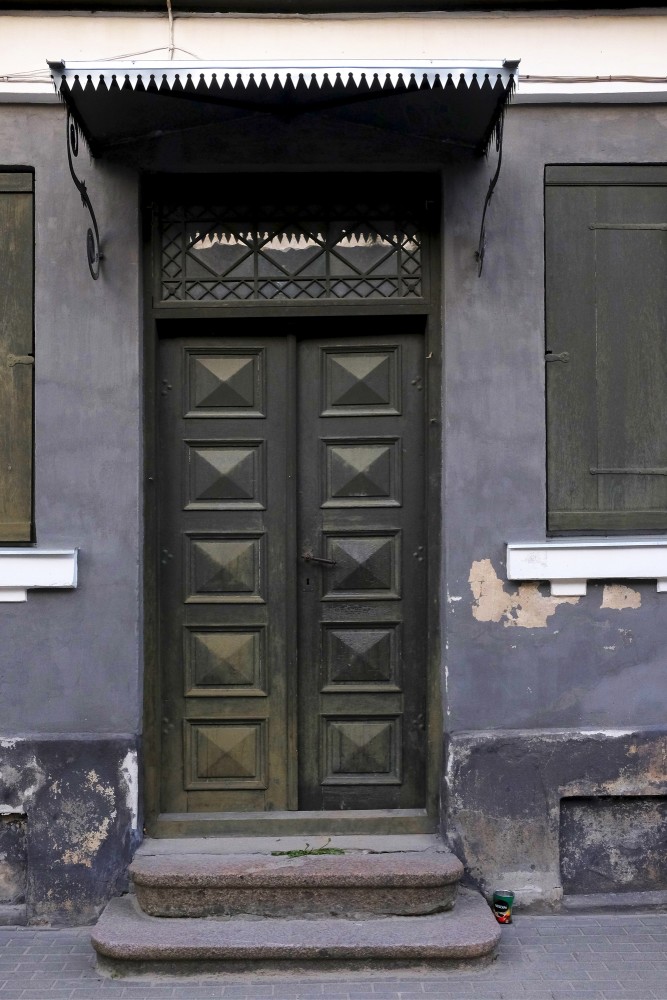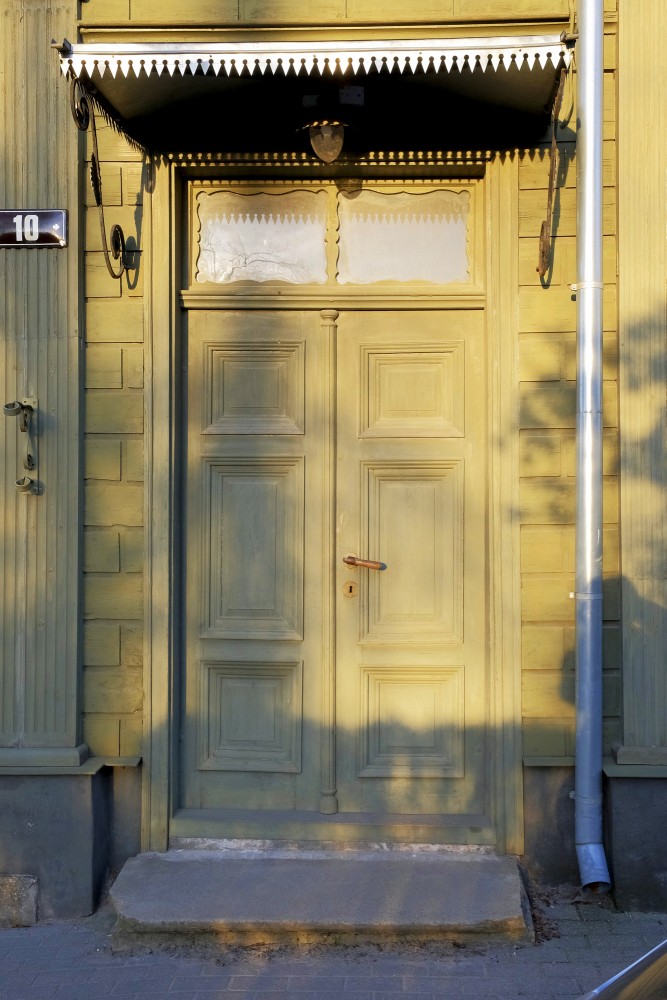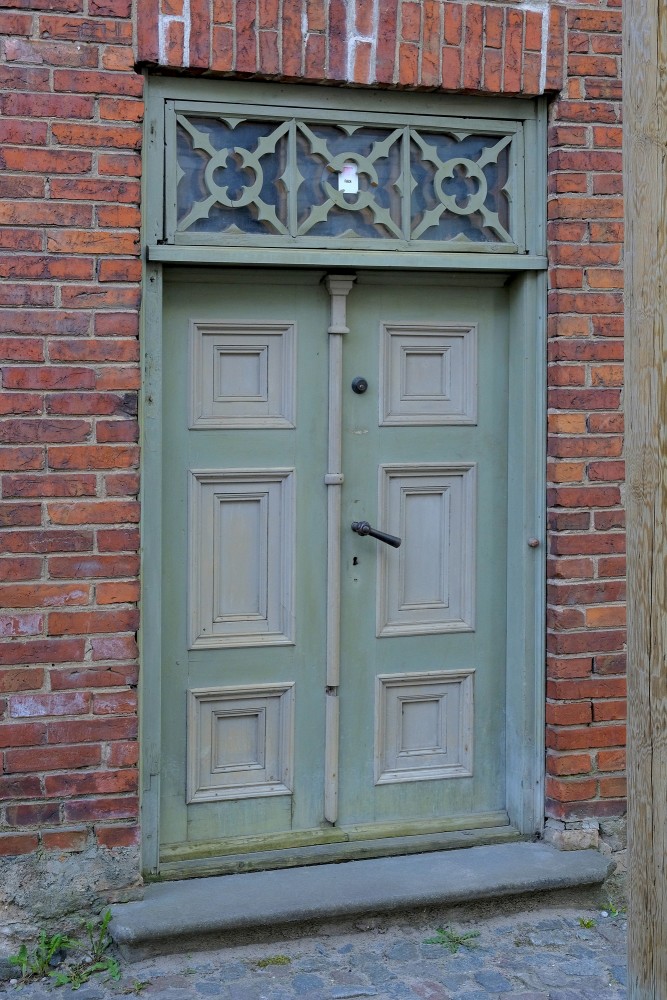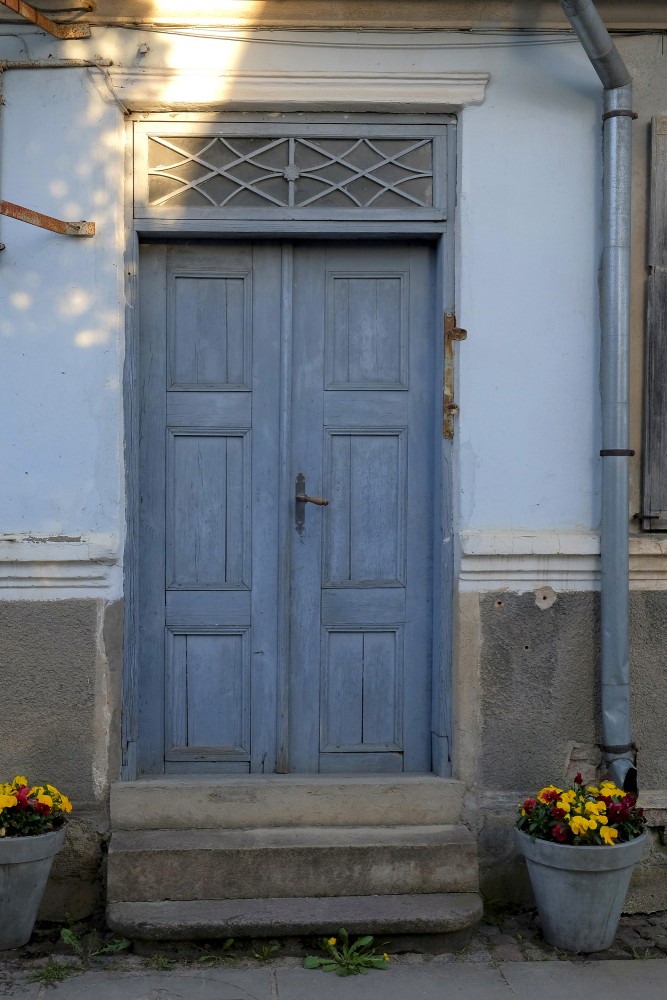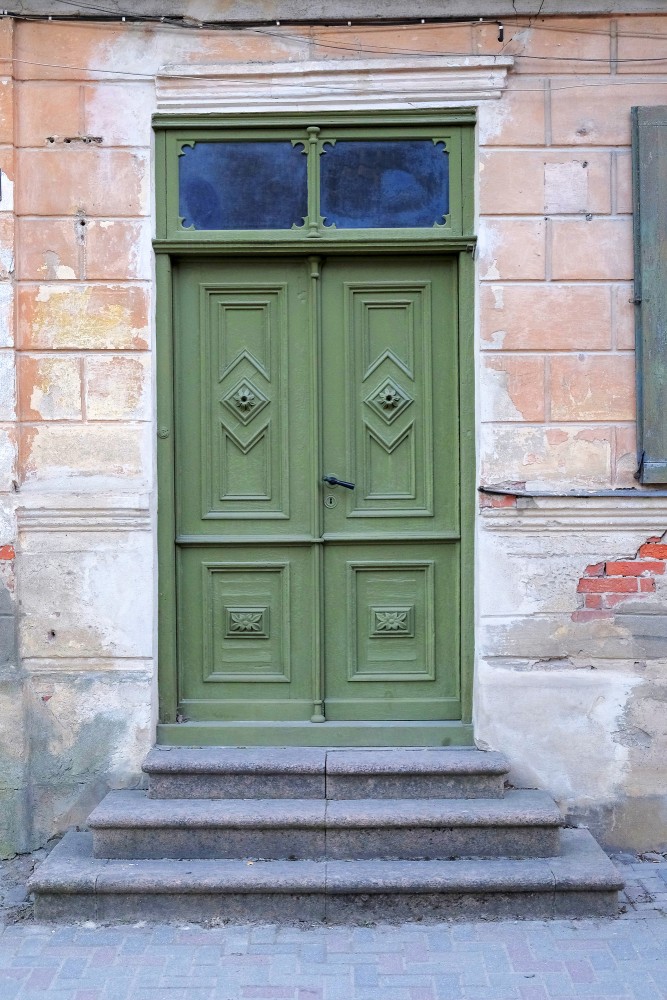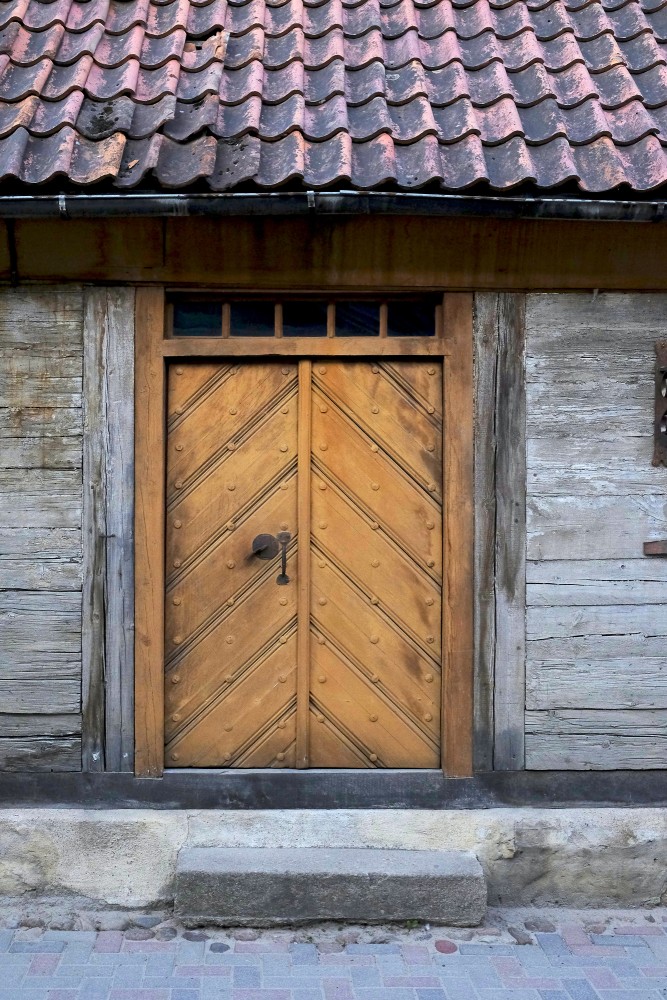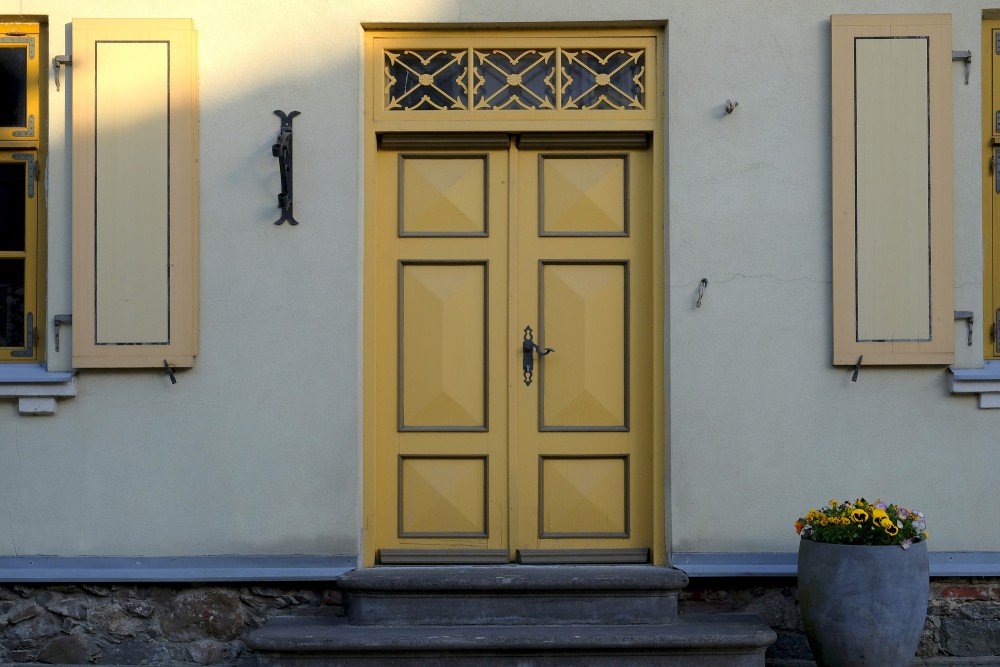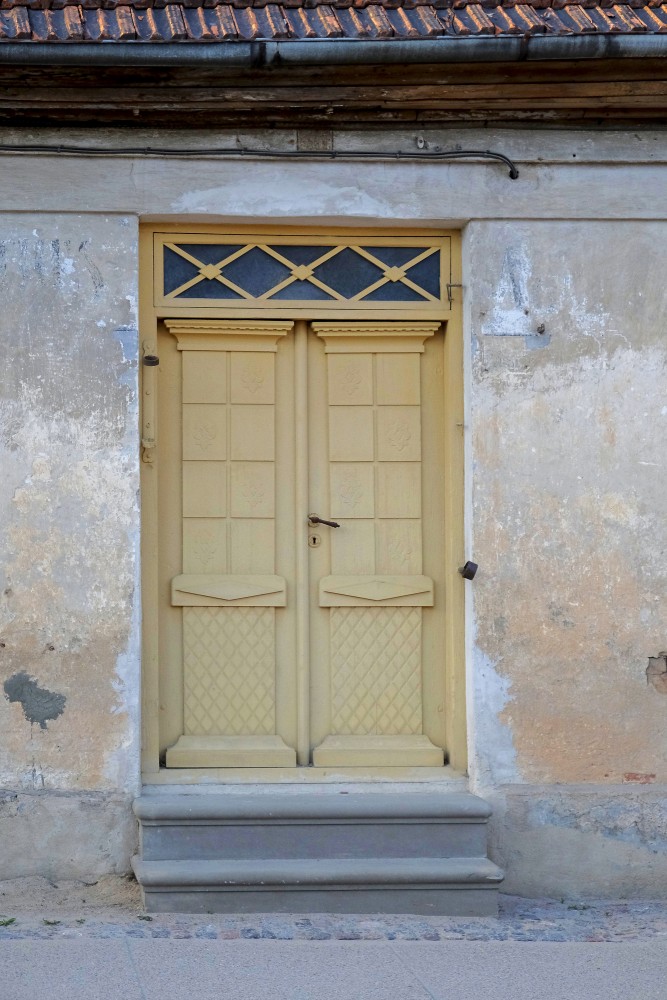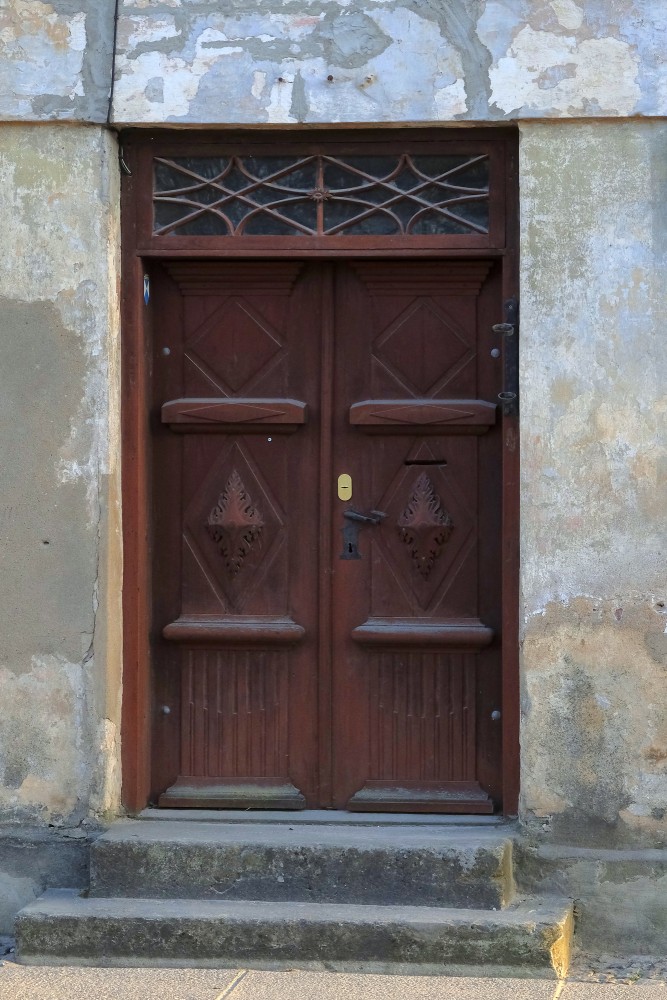Old town of Kuldīga
Located in the western part of Latvia, the town of Kuldīga is an exceptionally well-preserved example of a traditional urban settlement, which developed from a small medieval hamlet into an important administrative centre of the Duchy of Courland and Semigallia between the 16th and 18th centuries. The town structure of Kuldīga has largely retained the street layout of that period, and includes traditional log architecture as well as foreign-influenced styles that illustrate the rich exchange between local and travelling craftspeople from around the Baltic Sea. The architectural influences and craftsmanship traditions introduced during the period of the Duchy endured well into the 19th century.
Outstanding Universal Value
Located in the western part of Latvia, in the central Kurzeme (Courland) region, the town of Kuldīga is an exceptionally well-preserved example of a traditional urban settlement. At the confluence of the Venta River and the smaller Alekšupīte stream, the beginnings of Kuldīga, which was called Goldingen at the time, date back to the 13th century. The rivers’ intersection is a defining element of the town’s structure, contributing to its scenic character. The medieval area of Kalnamiests, located on a hill, is clearly distinguishable in the townscape, given its oval shape.
A significant part of Kuldīga’s history and development is linked to the Duchy of Courland and Semigallia, which governed a significant part of the Baltics between 1561 and 1795. The town was the primary residence and administrative centre of the Duchy’s first ruler and maintained an important role afterwards. As a result, the town developed into a prosperous trading hub. The international orientation of the Duchy led to a rising number of foreign merchants and craftsmen settling in Kuldīga, who left their mark on the architectural language and building decoration of the region. The town’s structure has largely retained the street layout which developed during the period of the Duchy.
The architectural influences and craftsmanship traditions introduced during the era of the Duchy endured well into the 19th century. However, different laws and regulations, aimed at fire safety, led to the progressive replacement of fire hazardous roofing materials. The proportion of masonry buildings also increased, replacing traditional wooden ones. In the second half of the 19th century, the brick bridge over the Venta River was constructed, connecting Kuldīga to the east.
Unlike other towns in the Baltic region, Kuldīga survived the great wars of the 20th century largely unscathed and modern urban developments were largely implemented far outside its historic centre.
whc.unesco.org


